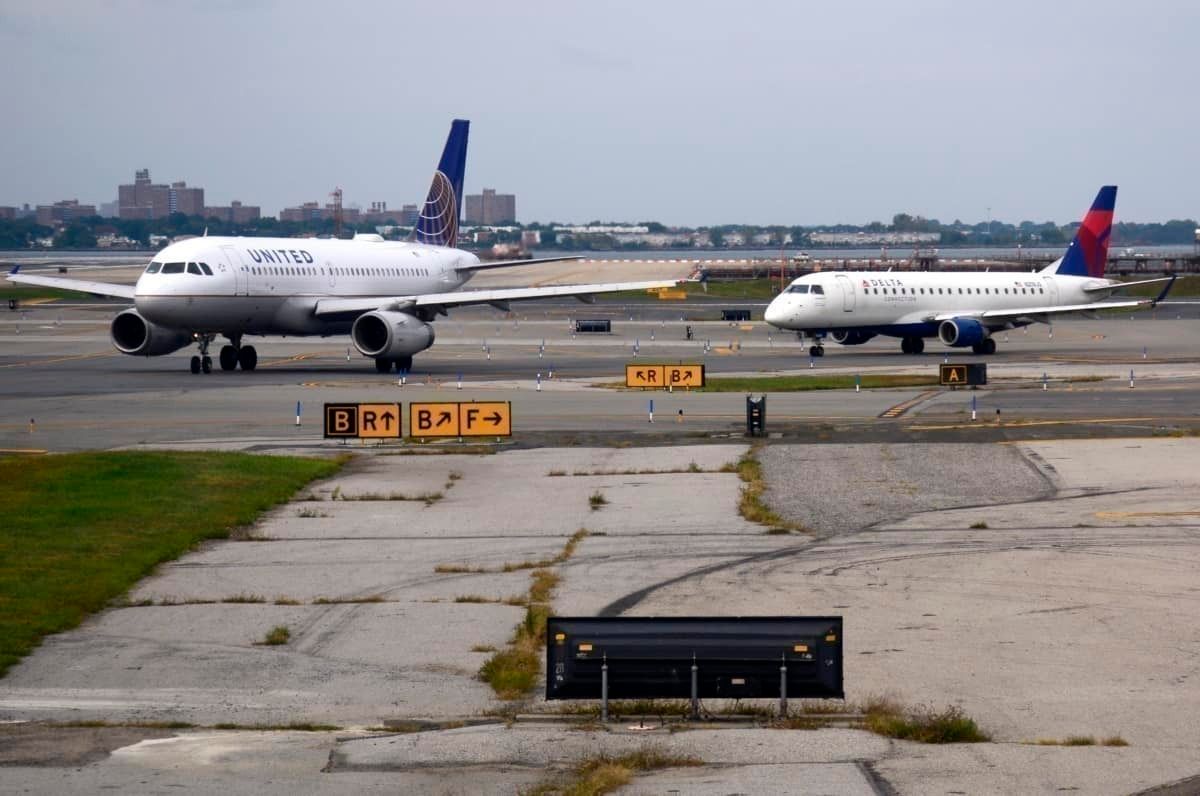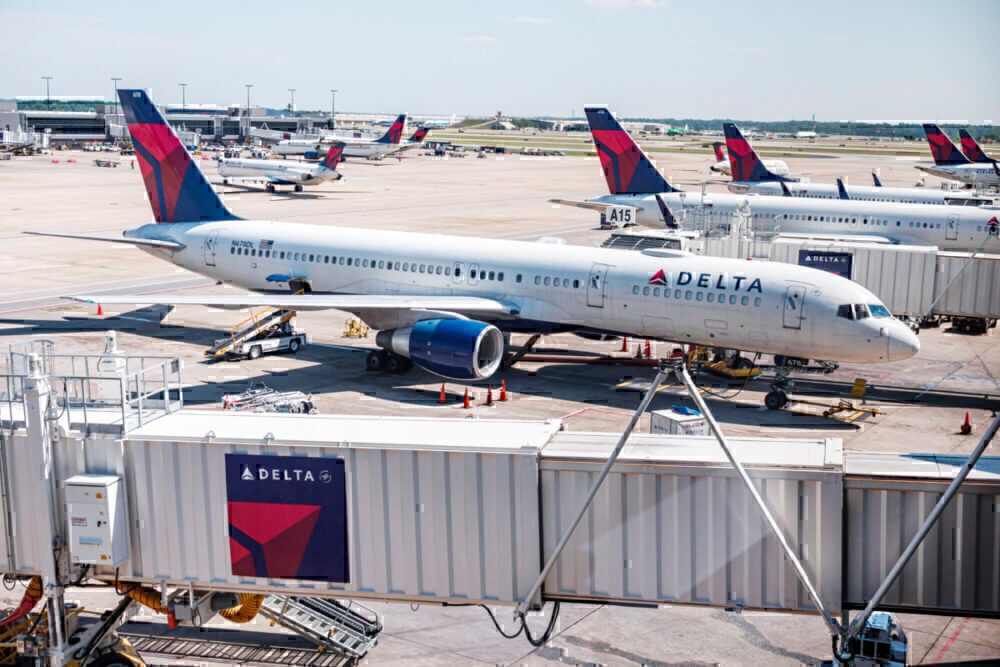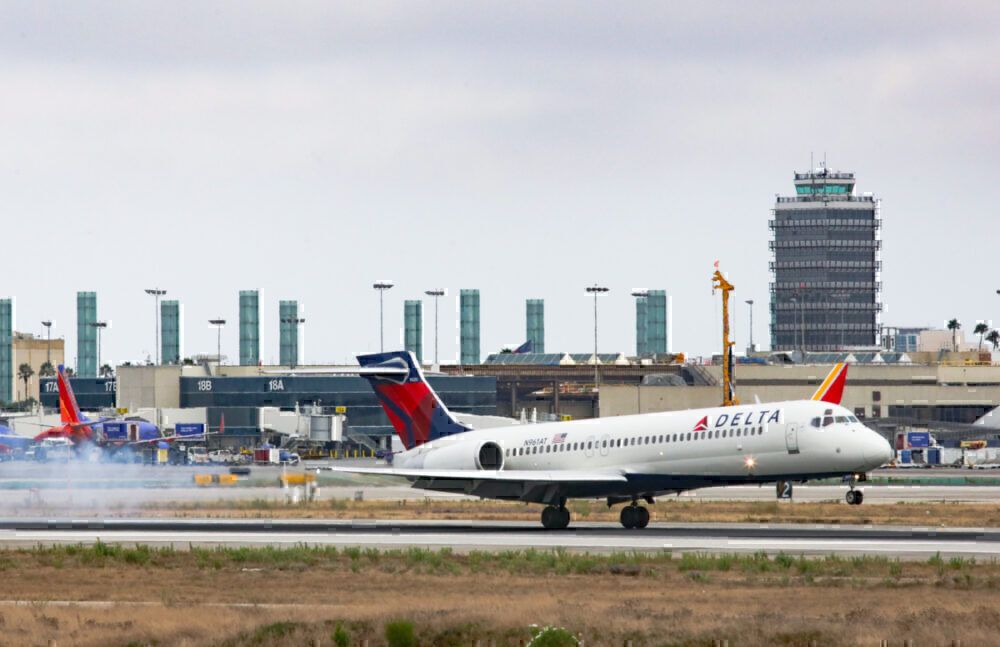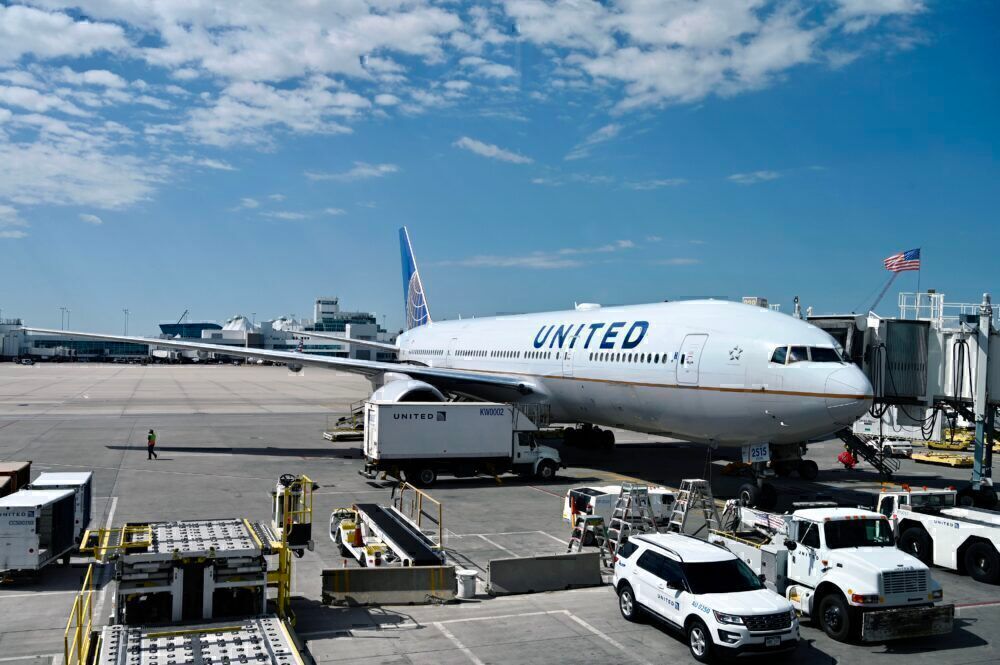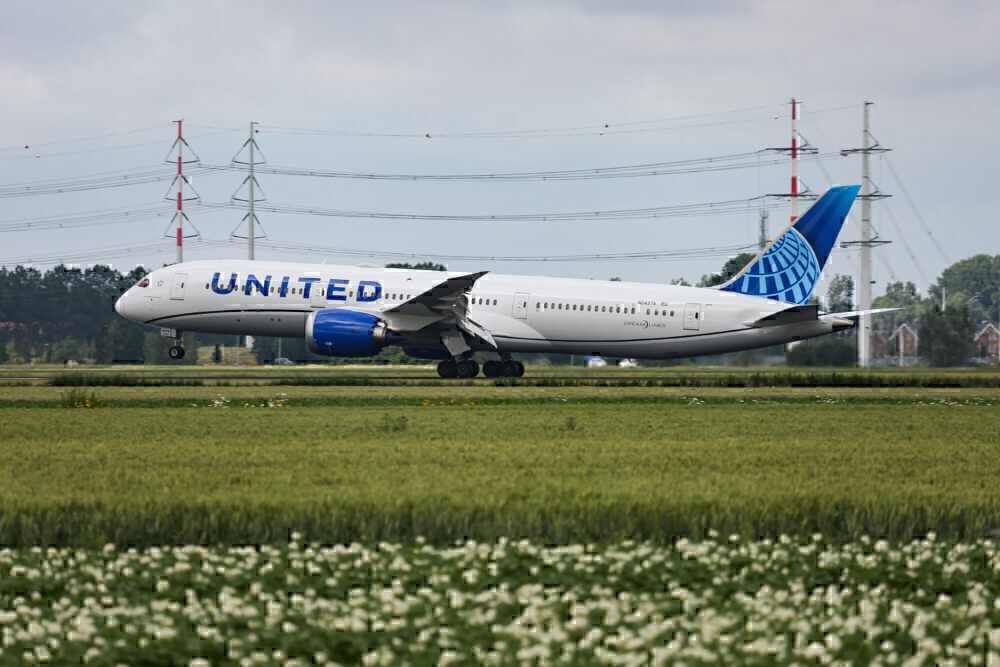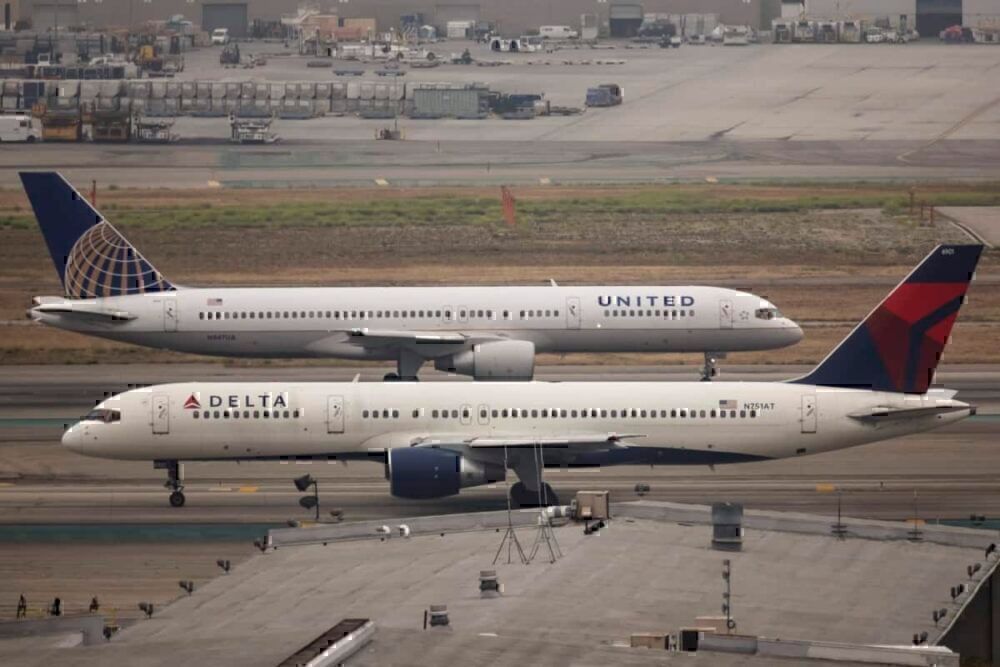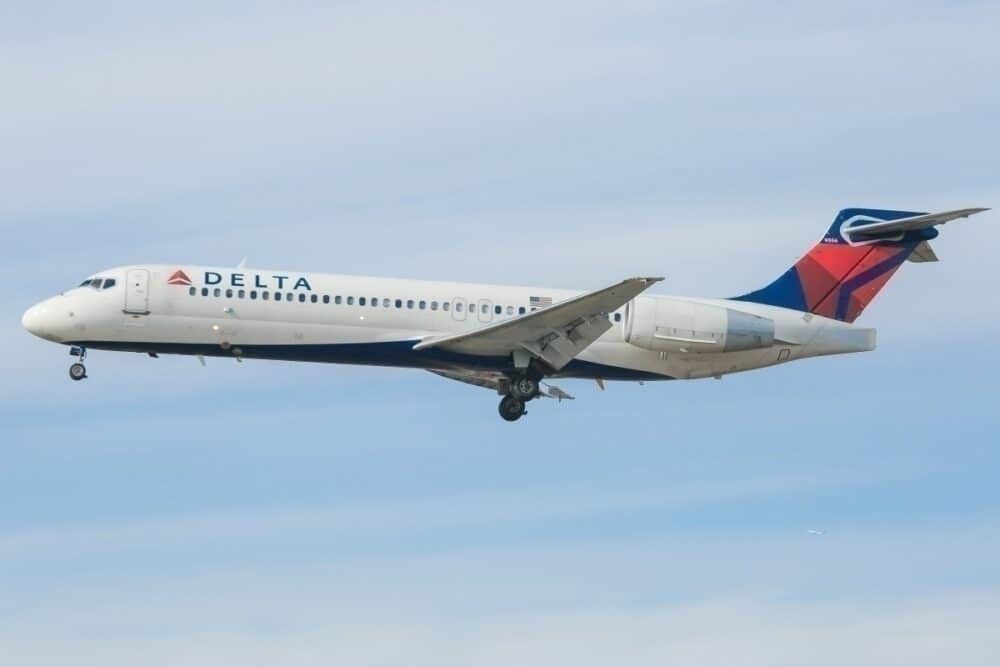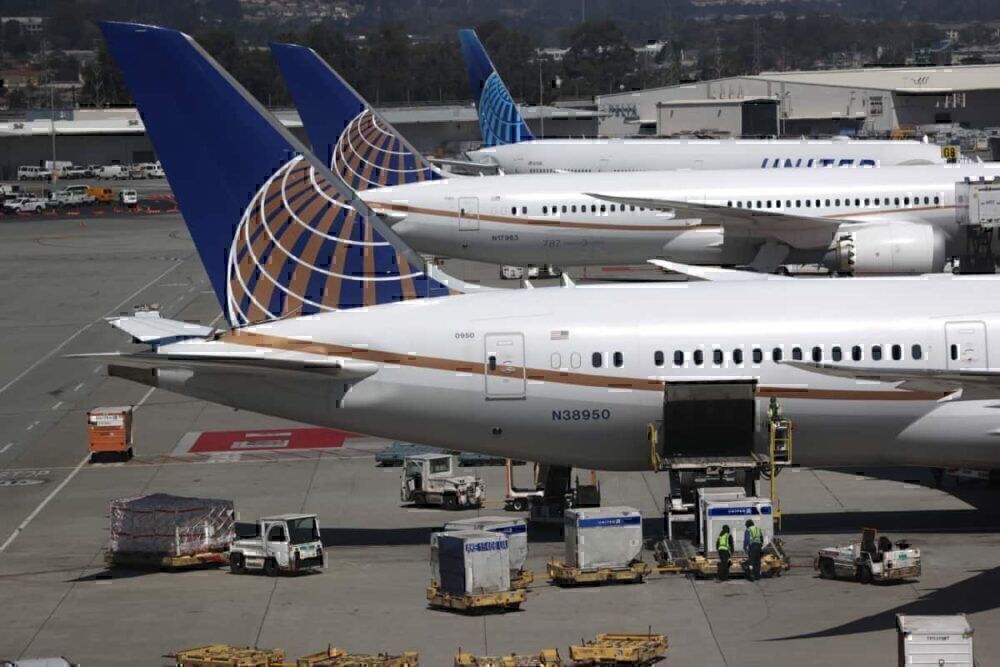United and Delta have both had their fourth-quarter earnings call. The two airlines offered different perspectives on the recovery. While Delta was more optimistic about an inflection point coming soon, United believes it will take longer for that inflection point to arrive. Here are the two competing views.
Delta takes an optimistic approach
On the airline's fourth-quarter earnings call, CEO Ed Bastian stated the following:
"Turning to 2021, we expect the March quarter to look similar to the December quarter, with the March quarter revenues at 35% to 40% of March quarter 2019 levels, and our cash burn for the quarter holding at $10 million to $15 million per day. We expect that will be followed by an inflection point this spring as vaccine distribution continues, travel restrictions start to ease and consumer confidence begins to grow, hopefully resulting in cash burn reaching breakeven or better by the second quarter."
From that point onwards, Mr. Bastian believed the airline would see a sustained recovery in the second half of 2021 and beyond:
"And as the year progresses, we expect demand will start to accelerate as vaccinations become more widespread, and the virus is in a contained statement, and customers gain greater confidence to make future travel commitments. This should enable a sustained recovery to begin in the second half of 2021 with a return to profitability this summer."
Delta Air Lines is betting heavily on the vaccination drive. Though it has been slow and cumbersome thus far, the airline expects it will pick up and travel restrictions will start to ease. Some countries and states have either outlined or have indicated they are working toward quarantine-free travel if they can provide proof of vaccination.
The airline's CEO has come out in favor of the vaccine and encourages all to become vaccinated once they can.
United is not using hope as a strategy
CEO Scott Kirby was blunt in his assessment, saying that he does not view "hope" as a strategy:
"As you first heard me say back in March, hope is not a strategy. At least it's not our strategy, and that remains true as we plan our recovery. We remain flexible, and it can either delay or hopefully accelerate our plans for the recovery based on the actual data. So whether the demand inflection point happens in the spring, the summer or even the fall, what we know is that the recovery is coming, and we're very confident in the long term."
Chief Commercial Officer, Andrew Nocella, added the following:
"Given the spike in cases and even tougher border controls, demand has once again stalled, and we expect first quarter total revenue to remain down 65% to 70% versus 2019 with capacity down at least 51%. In other words, we don't expect a material improvement over the fourth quarter revenue results based on what we see today. Our outlook does not take into account any potential positive uptick in bookings driven by improved vaccine distribution in the quarter nor in April where we expect not to see a normal spring break."
United Airlines is taking a much more sobering outlook. The airline believes an inflection will happen, and there will be a material improvement in booking, but that will take time to materialize.
Mr. Nocella went further:
"The recovery will look like an S curve. We expect to remain on the flat part of that curve for early 2021. Recent international test requirements will be a short-term negative, but a medium and long-term positive as a way for consumers and businesses to regain confidence and borders to come down. Our surveys indicate the cleaning and testing actions United has implemented are beginning to increase confidence materially. Demand will increase sharply at the point where vaccines have been widely distributed and border restrictions are eased and not prior. Expect that in the second half of 2021, possibly sooner if vaccine distribution improves."
So, United Airlines is not materially differing from Delta in that it is expecting the second-half of 2021 to be a much better point for the airline, but unlike Delta, the carrier has not indicated that it expects the inflection point to happen sooner.
So, what are the different takes?
Delta Air Lines believes the inflection point is coming relatively soon. The carrier, likely through a combination of some increase in forward bookings and conversations with its travel partners, sees some evidence of passenger demand increasing from the spring and onwards.
United thinks it will take longer for the carrier to get to the point of recovery. The airline is also expecting a recovery to happen and expecting leisure travel to be the first to come back as business travel will come back in a year or two afterward.
The reason for the different cases
Delta and United have some structural reasons for why they believe the demand inflection will happen when it does. First off, United Airlines has much more international exposure than Delta. While Delta does have its share of international long-haul routes, United definitely operates more of them.
Delta is advantaged for a recovery coming sooner because it can bet on its domestic exposure and short-haul route network. Domestic recovery will definitely outpace international recovery.
United will need to wait for a more sustained recovery because filling up its Dreamliners, and Boeing 777s heading to Asia and Oceania will need to see countries reopen for international tourism. Hong Kong, New Zealand, and Australia are all countries United flies to and have some of the world's strictest entry restrictions. For United to see a recovery, it will need governments there to create a plan to allow international tourists.
Both carriers are betting on a vaccine for recovery. That part is not new. Since the early part of the pandemic, the entire airline industry has been holding out for the vaccination drive. United will need to wait out the vaccination drive and work with bureaucracies around the world. That will take more time, which explains why the airline has indicated it will take, perhaps, a little longer for it to see a recovery than some of its peers.
There is not a massive gulf between United and Delta's viewpoints. However, Delta is much more optimistic about seeing the inflection point and responding quickly to it by unblocking middle seats, which is currently giving it a revenue premium, than United, because Delta has less international exposure and can fly more passengers across the US and turn a profit.
Neither airline has a crystal ball or a wand that will reveal the future. So, whether they both are right in their own respects or if one is wrong will take time to be revealed.
Do you think Delta will outpace United on the recovery? Is Delta or United's take more realistic, in your opinion? Let us know in the comments!

